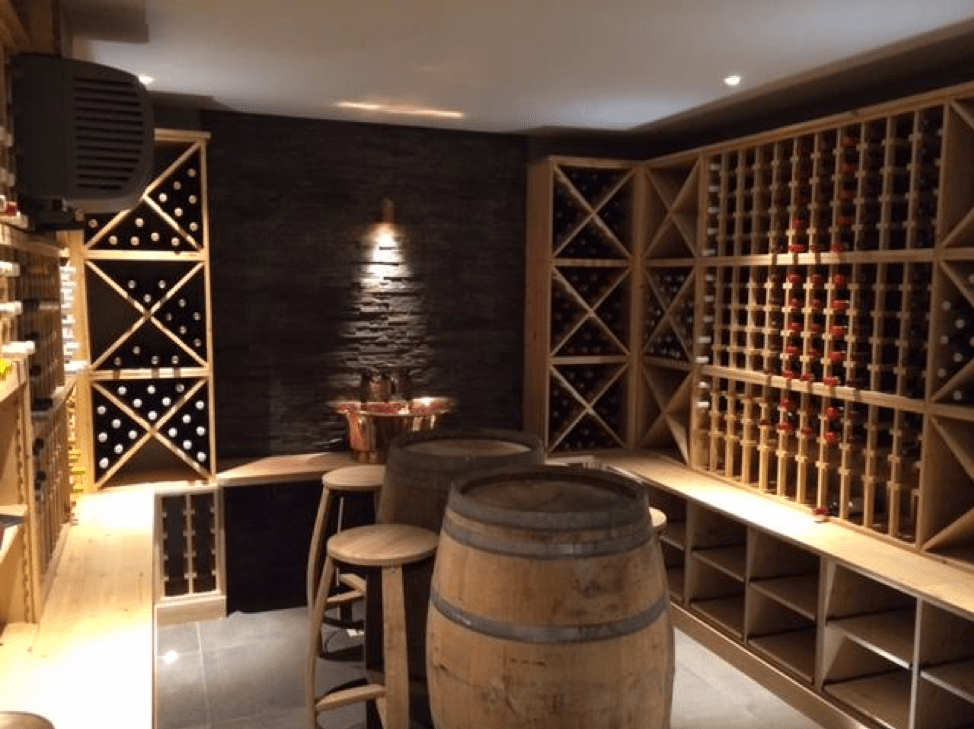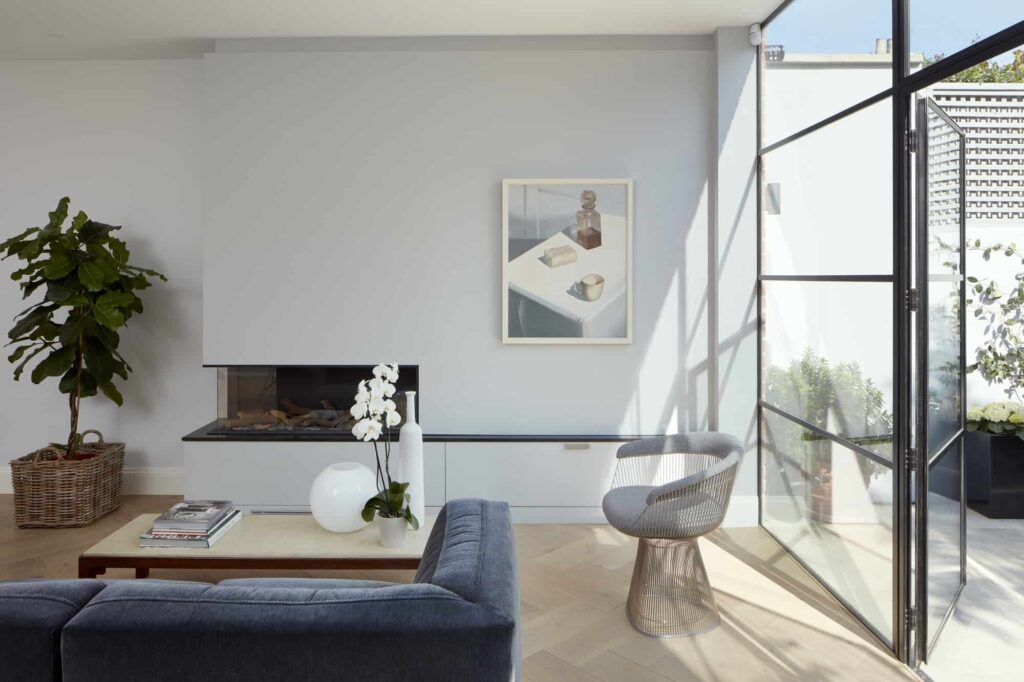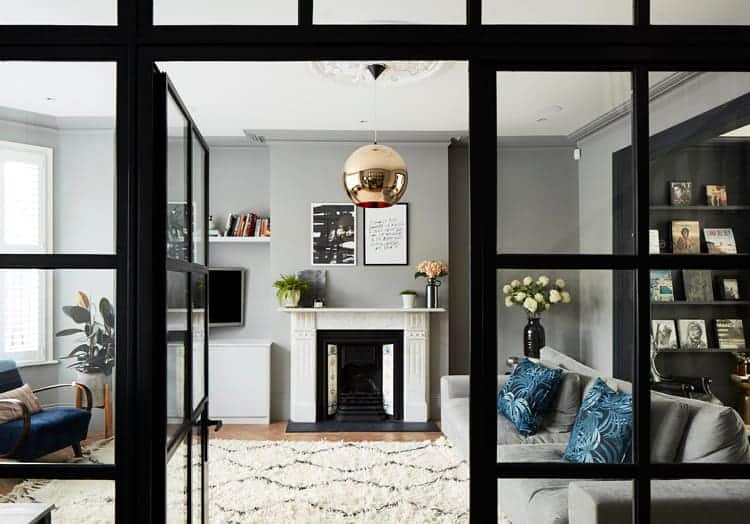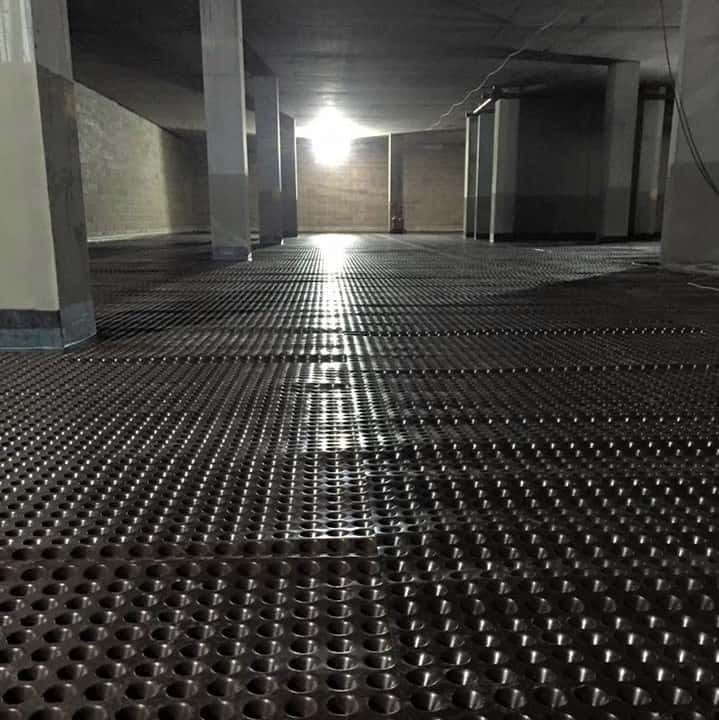Got a loft conversion but still need space? How about a basement conversion?

Your loft conversion has solved space issues for a while but there’s no such thing as enough space. It’s high time to look into the opposite direction: downwards. In a previous article we showcased several amazing basement conversions the SDA Build London Team have created. Today we give you some more basement conversion inspiration on […]
SDA Build London Expands into North West London

Building on our success as the leading South West London builders, it gives the SDA Build London team great pleasure to announce we are expanding our reach to now include North West London.
Inspired Ways to Use All That Free Space After a Basement Conversion

One of the benefits of a basement conversion – aside from adding an entire new floor to your home of course – is that it suddenly makes the rest of your home… A bit roomier. The SDA Build London team have worked on some stunning basement conversions, but in this article we’re going to switch focus […]
Art Gallery-Inspired Basement Conversion in Wandsworth

As you may have seen on our social media and in our previous article, we have worked on some truly astonishing basement conversions across Fulham, Chelsea, Wandsworth and South West London. In this blog, we take a closer look at one of our most popular projects across social media, Trinity Road, and our art gallery-inspired […]
The SDA Difference: Delivering on Promise

How the SDA Build London team delivers on its promise of turning your dream home into reality.
The SDA Difference: Delta Membrane Systems

As experienced builders with many years under our belts, the SDA Team have often been called in to fix many a botched project, and sadly one of the most common botches is poor waterproofing.